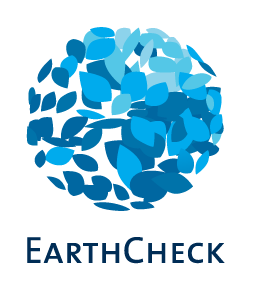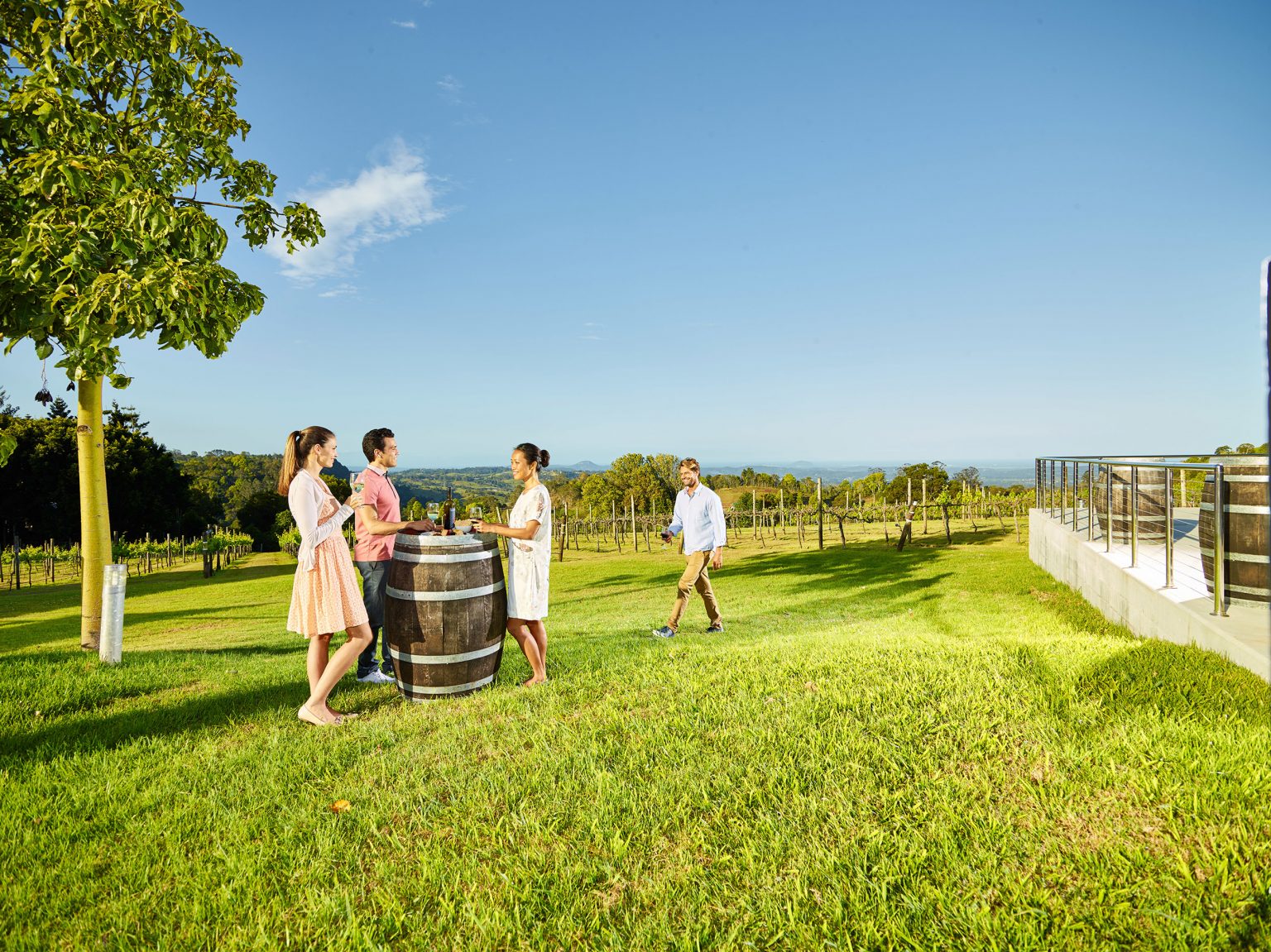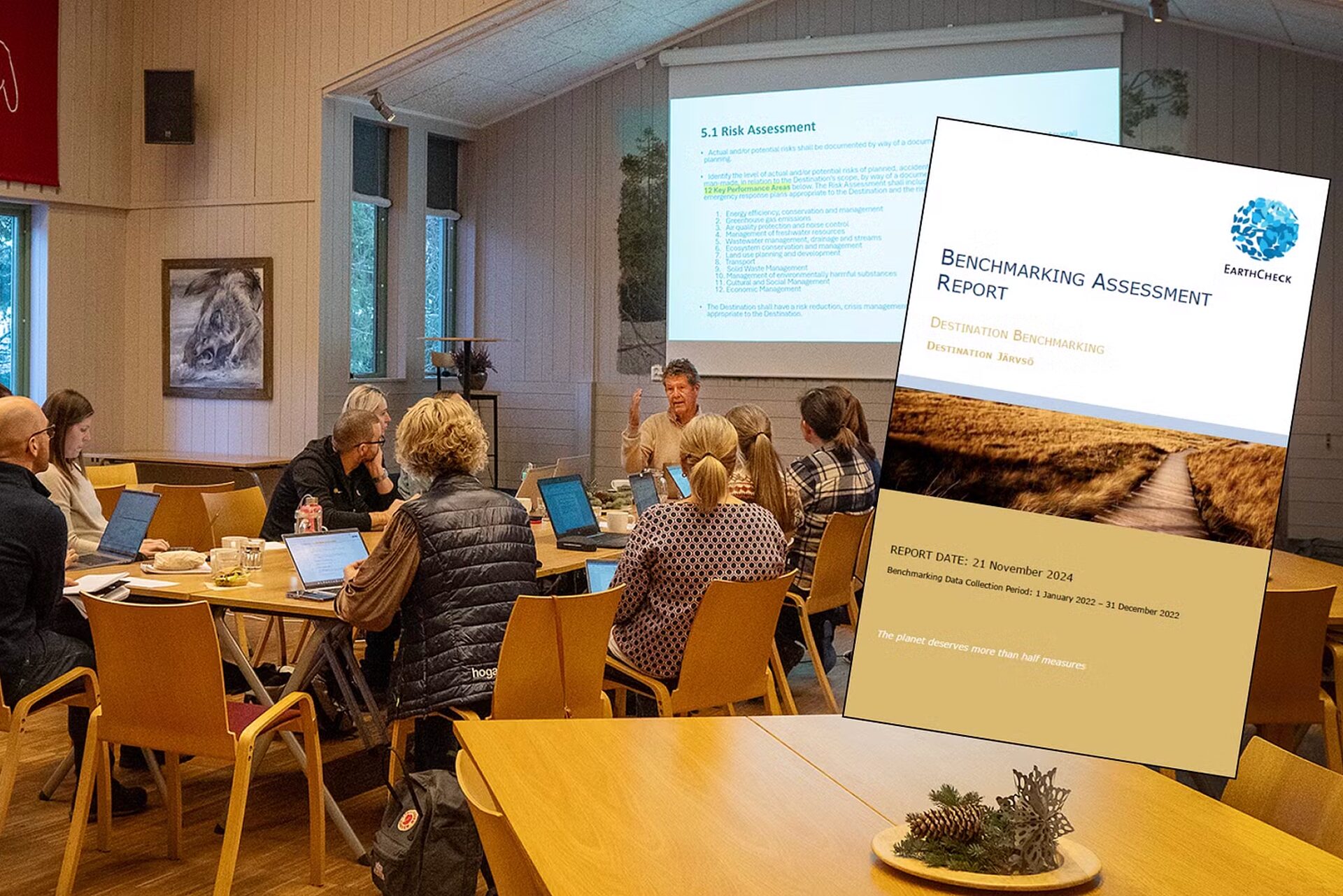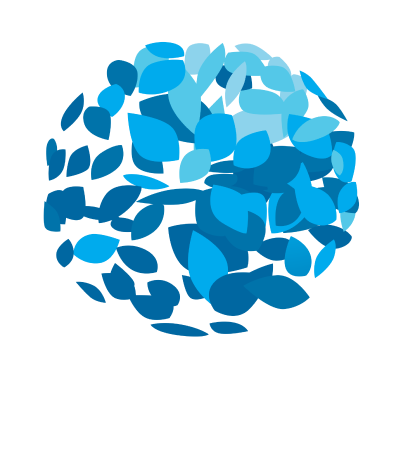One of Queensland’s best kept secrets will be revealed to international tourists with the launch of a five-year strategy to develop and promote Queensland’s diversity of fine wine, gastronomic and regional tourism experiences by the Queensland Wine Industry Association (QWIA).
The International Wine Tourism Strategy released by QWIA aims to encourage more visitors and increase their expenditure throughout the state’s five wine regions – in the Granit Belt, Scenic Rim, South Burnett, Gold Coast and Sunshine Coast Hinterlands and the Darling Downs.
At a time when the Queensland wine industry is facing the challenges of severe drought and recent bushfires, QWIA President, Mike Hayes, said QWIA has taken a proactive approach to ensuring the wine industry remains competitive.
“The goal is to showcase bespoke winemaking, viticulture and emerging Queensland wine varieties and encourage international and domestic visitors alike to get out of the city and experience the authentic charm our regions have to offer,” Mr Hayes said.
“The strategy highlights the importance of developing and promoting Queensland’s authentic wine experiences and famous hospitality alongside culinary and other visitor experiences.”
The strategy was developed in partnership with sustainable tourism business advisory group EarthCheck, under the guidance of a committee including Queensland Government, Tourism and Events Queensland and wine and hospitality business representatives.
Tourism Industry Development Minister Kate Jones has also recognised the wine industry’s big contribution in supporting Queensland’s growing tourism sector.
“Queensland’s wine industry is another example of the world class tourism experiences we have built. In depth culinary experiences are increasingly in demand from the global market and the wine industry is well positioned to capitalise on these emerging opportunities.”
“Congratulations to the Wine Industry Association on the release of this strategy and thank you to the Commonwealth for partnering with the association and Queensland to support this work.”
According to Tourism Research Australia data, wine tourism visitors to Queensland currently spend more than $800 million on average each year, which is three percent of the state’s total visitor expenditure.
“We want to celebrate the best of Queensland wine, leverage the strengths of existing visitor experiences and recognise Queensland as a global destination for international visitors,” Mr Hayes said.
“By working with tourism industry leaders, we can further promote our wine producers and cellar doors as part of Queensland’s overall appeal to Australian and international visitors.”
Queensland Government supported QWIA with $220,000 which enabled the leveraging of matched funding from the Australian Government to form a total funding package of $460,000 for strategy development and the implementation of priority actions.
Actions of the strategy include developing a unique Queensland wine tourism brand, raising awareness in key markets and nurturing partnerships that will help drive international visitors to undertake Queensland wine tourism experiences.
Mr Hayes said the strategy already had some early wins on the board including positive coverage from helping to bring a group of internationally renowned wine bloggers to the Granite Belt and Greater Brisbane region to sampling Queensland’s emerging varieties and meeting the winemakers.
The Strategy is also supporting wine business participation on the Australian Tourism Data Warehouse (ATDW) platform, a national platform for digital tourism data which provides content for tourism operators and distributors such as Tourism Australia and Tourism and Events Queensland, increasing marketing reach.
QWIA’s International Wine tourism Strategy is supported by the Australian Government’s $50 million Export and Regional Wine Support Package (the $50m Package) and the Queensland Government. This project aligns with key objectives of the $50m Package: to implement initiatives that enhance the state’s wine tourism experiences and attract more international tourists. The project also supports tourism industry development in Queensland. In addition to the Australian and Queensland Governments, QWIA would like to thank wine and tourism industry partners for their in-kind contributions to this strategy.







